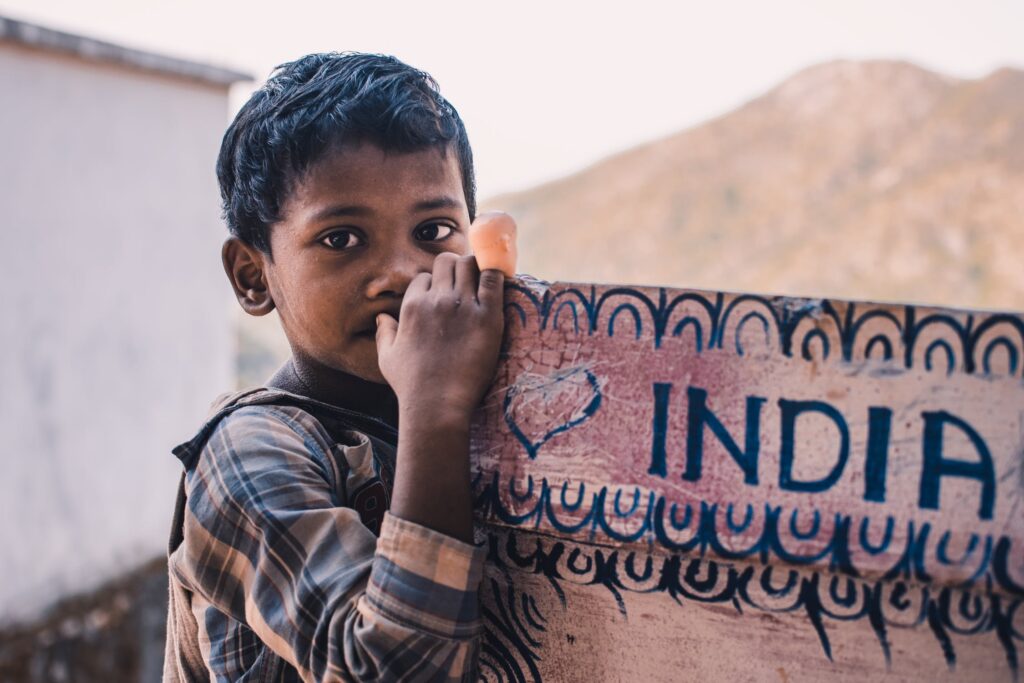India Tops Under-5 Child Mortality List Presented by UNICEF in 2018

By News desk, Neucrad Health India 30th Oct, 2019
With more than 8.8 lakh deaths documented in 2018, India has a maximum under-5 mortality rate in the world, according to a study presented by UNICEF. Nigeria and Pakistan at the number two and three positions registered 8.66 lakh 4.09 lakh deaths, respectively. When the government of India has come up with an ambitious ‘POSHAN Abhiyaan Scheme’ which endeavours in eradicating malnourishment by 2022, these figures seem demoralising. However, several developed countries like Singapore, Denmark, Bahrain, New Zealand, performed very well in this study. There are less than 1,000 deaths among children below five years in these progressive states.
What is the outcome of ‘The State of the World’s Children (SOWC)’ report by UNICEF?
In 2018, UNICEF conducted a study on the under-5 mortality issue in countries across the world. The submitted a report titled ‘The State of the World’s Children (SOWC)’, which documented there are around 37 deaths per 1000 under-5 children in India. The figures are equally depressing in Nigeria and Pakistan where there are 120 and 69 deaths per 1000 children in both countries, respectively. The study also suggested that in India, approximately 38 kids out of 1000 in the age group five years suffer from stunting. Malnutrition, anaemia and infectious diseases are the principal factors contributing to the high death rate.
Factors Contributing to High Mortality Rate among Children
There are several factors responsible for the high death rate among children. Have a look at some of the significant causes contributing to this disheartening figures of child death in India.
Poverty and Maternal Healthcare
It is a fact that India is still a developing country where a large segment of the population still dwells below the poverty line. They do not have access to quality healthcare, nourishing food, prenatal check-ups, preventive vaccines during the gestation period of the mother or infant stage of the child. The condition is more critical in the rural setting than in urban areas. As already pointed out, the current Prime Minister of India, Shri Narendra Modi has launched an ambitious POSHAN Abhiyaan Scheme at Jhunjhunu, Rajasthan on March 2018. It aims to eradicate malnutrition in the country by 2022. It also focuses on improving the quality of services rendered by Anganwadi Kendras. The Ministry of Women and Child Development (MWCD) has started implementing the scheme in 315 Districts during its first year.
Malnutrition and Obesity in Children
India is a land of high contrast where a significant number of the children population suffer from malnutrition and obesity. While many children in the villages show characteristics of malnourishment, a rising number of kids in metro and tier-II cities manifest symptoms of obesity. Both these conditions are equally terrifying and can lead to many health-related complications. Malnutrition in children can give rise to deficiency diseases like anaemia, scurvy, rickets, and pellagra. Similarly, calorie-rich junk food can cause diabetes, high cholesterol, heart ailments, and bone problems at an early age. To keep these health issues at bay, parents and government agencies should make access for healthy, nutrition-rich food for children. Parents from well-to-do-of families should limit the introduction of fatty junk foods like French fries, chocolates, burger, and other deep-fried food items.
Improved Scope of Vaccination
The Ministry of Health and Family Welfare in India rolled out the Universal Immunisation Programme (UIP) in the year 1985. It aimed to provide tetanus vaccines to pregnant women, and immunisation against six fatal diseases including tuberculosis, polio, diphtheria, pertussis, tetanus, and measles to children. In 2006, the government also included hepatitis B and Japanese encephalitis vaccines under the UIP programme. However, in spite of all these initiatives, thousands of infants do not get access to a complete range of vaccines during their early childhood. Limited education, ignorance of parents, and poor healthcare infrastructure are some of the factors responsible for this scenario.
Finally, we can say that, though the rate of under-5 mortality has come down in recent years; there is still considerable scope of improvement in these figures. The Government agencies and NGOs should work hand-in-hand for a better future of the children of India.









